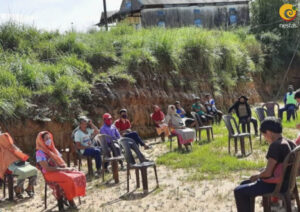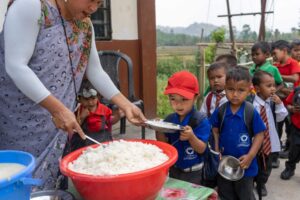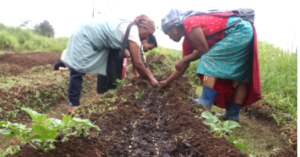In a story titled ‘Her Yellow Revolution’ published by the Shillong Times on 9th March 2019, Sahana Ghosh tells the story of Kong Trinity Saioo’s endeavour in promoting the cultivation and boosting the popularity of the indigenous, high curcumin content (7.9% as against 2% of other varieties) Lakadong turmeric. The high curcumin content claims to help in protecting the liver from oxidative stress, kill off fungus more effectively than other spices, lowers blood cholesterol levels, protects body from diabetes and against cognitive/memory defects. For her efforts, Kong Trinity was felicitated by the Ministry of Agriculture. Recognising the commercial potential of Lakadong turmeric, the Government of Meghalaya launched the ‘Lakadong Mission’ in 2018 with the aim of producing 50,000 metric tonnes per annum of the variety for the next five years, i.e., 2018-2023.
In 2020, the Ministry of Food Processing Industries under the Centrally Sponsored Pradhan Mantri Formalisation of Micro Processing Enterprises Scheme launched the One District One Product (ODOP) scheme to be implemented for a period of five years, i.e., 2020-2021 to 2024-2025 with an outlay of Rs 10,000 crores. Lakadong turmeric from East and West Jaintia Hills is one of the products selected for support under this scheme from Meghalaya along with others like Sohiong, Pineapple, Banana, Jackfruit, Ginger and Cashew nut products from the other districts of the State. The importance of the Lakadong turmeric has therefore seen a tremendous upsurge in the last few years.
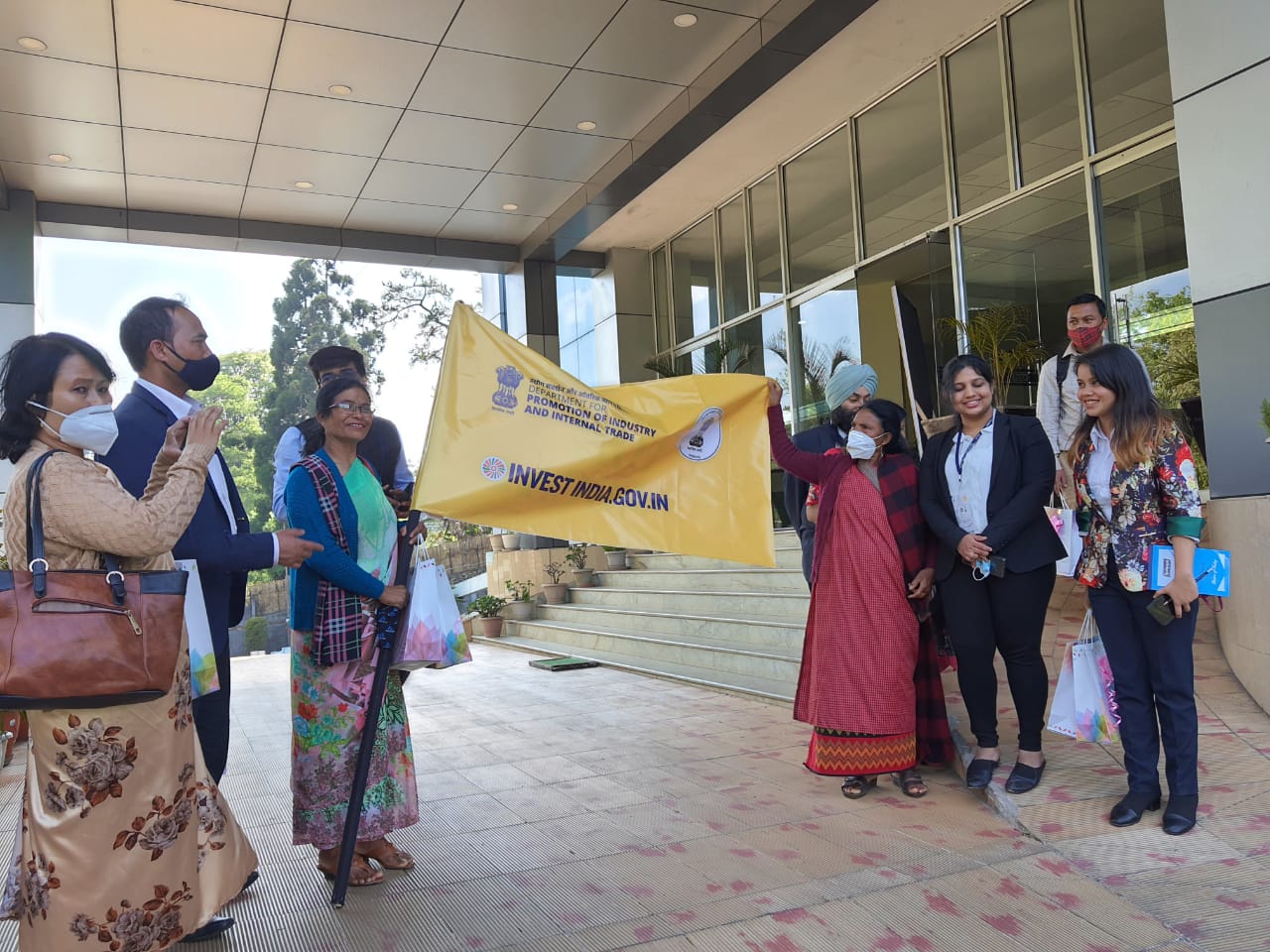
On January 2021, Invest India, the National Investment Promotion and Facilitation Agency of India had a meeting with NESFAS and its partner SURE to discuss the problems that growers of Lakadong turmeric face, and the constraints in the value chain. One of the Lakadong farmers, Hamsniawpher Suchiang from Mulum also participated in the discussion. Then on 1st April 2021 NESFAS and SURE were again invited to the ‘ODOP-Lakadong Turmeric Flag Off Ceremony.’ Kong Trinity Saioo also attended the meeting. The discussions during the consultations raised a few concerns regarding the whole exercise especially the idea of the selecting a single crop from a particular district and its impact on the local agrobiodiversity.
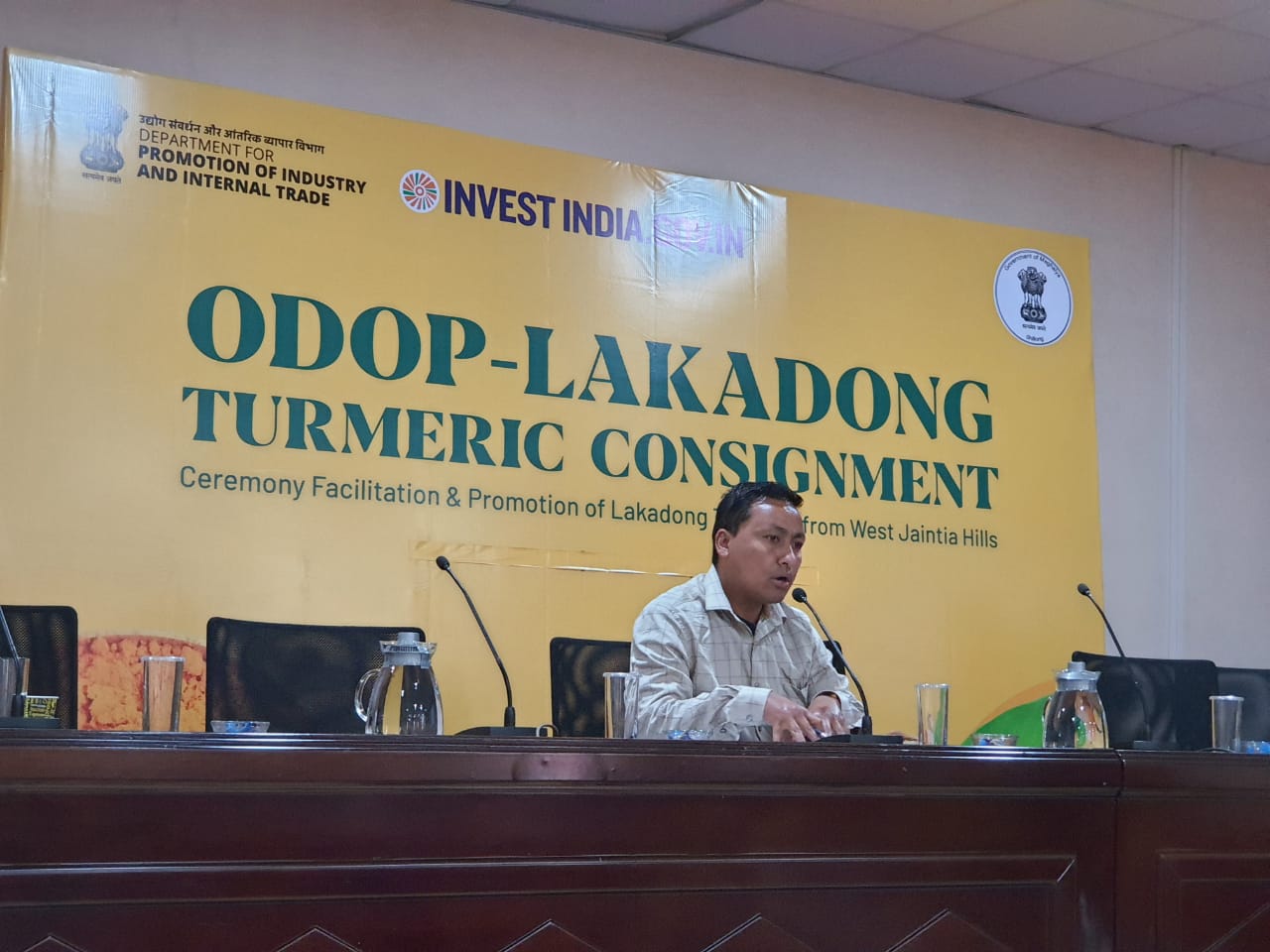
Lakadong turmeric is just one of the many food plants grown by the farmers in the Jaintia Hills region of Meghalaya. Mynso in West Jaintia Hills is one of the villages which grows this particular variety. The participatory mapping exercise done in Mynso, West Jaintia under the Rural Electrification Corporation (REC) supported project “No One Shall be Left Behind Initiative: Biodiversity for Food, Nutrition and Energy Security, Meghalaya and Nagaland,” revealed an agrobiodiversity of 220 food plants. Among the starchy staples which provided the main source of carbohydrates, were 19 rice varieties and multiple varieties of maize, taro and sweet potatoes. Other fruits category had the highest number of food plants reaching almost 50 food plants (including those harvested from the forest). Lakadong is part of the condiments food group category which also includes varieties of ginger, chilli, coriander, mint and garlic (total of 13 food plants). A similar richness in agrobiodiversity will undoubtedly occur in the other villages where Lakadong is cultivated. What happens to this diversity when only one among the multitude is being selected for rigorous development and promotion?
Lakadong is not unique in getting a great deal of publicity for its health benefits and focus for commercial exploitation. Another famous case is that of Quinoa (Chenopodium quinoa), a small grain staple of the Chenopodiacea family which has been in cultivation for at least the last 5000 years in the Andean Highlands of South America. In the book ‘Diversifying Food and Diets’ Michael Hermann has a chapter, ‘Success and pitfalls of linking nutritionally promising Andean crops to market.’ He traces the remarkable rise of Quinoa and other Andean crops like Maca (Lepidium meyenii) and Yacon (Smallanthus sonchifolius) and the consequences on the local economy and ecology.
A natural consequence of the growing popularity of the three crops was the increase in the area under cultivation. For a crop like Maca this was very significant. Prior to the late 1980’s, there were fears that the crop would become extinct. However, increased returns saw an increase in the area under cultivation by a factor of almost 60, i.e., from only 15 ha to some 3000 ha. However this had its own negative consequences which became more apparent with Quinoa. The rush to grow Quinoa resulted in reduced soil fertility brought about by reduced fallow periods and expansion into steep and erosion-prone land to compensate for reduced area productivity. It led to what is called ‘soil mining’. This was facilitated by a growing trend of absentee landlords who relied on hired labour with little regard for community action to maintain sustainability practises. Price escalation because of high export demand also meant that local producers are more interested in trading (especially for export) than consuming. This also had the knock-on effect of discouraging local consumption as well since local consumers were unable to afford the crop. This, according to the author, has implications on nutritional diversity and cultural identity.
The focus on a single commodity, in this case the Lakadong variety, is understandable because of the substantial resources that would need to be allocated if more are selected and the logistical complications involved. At the same time, the risk that good market returns could spark a process of mono-cropping which will lead to a decline of the existing agrobiodiversity and bring about negative ecological consequences also exists. After the ‘Lakadong Mission’ was announced, new villages have taken to cultivation of this variety. It hence becomes very important that the lessons learned from Quinoa, Maca and Yacon are given serious consideration.
One way to avoid the negative implications of an increased importance given to Lakadong turmeric is to link its cultivation with the existing agrobiodiversity and build on it to ensure that the increase in the former does not lead to a loss in the latter. Here, the concept of Keystone species becomes quite useful. A Keystone species is a plant or animal that plays a unique or crucial role in the way an ecosystem functions. In India tiger, elephants, rhinos and bears are key critical Keystone species. Programs targeting their conservation like ‘Project Tiger’, in fact, have the advantage of protecting other species (flora and fauna) that inhabit the same ecosystem. The same can be done with Lakadong turmeric and the other crops identified under the ODOP scheme.
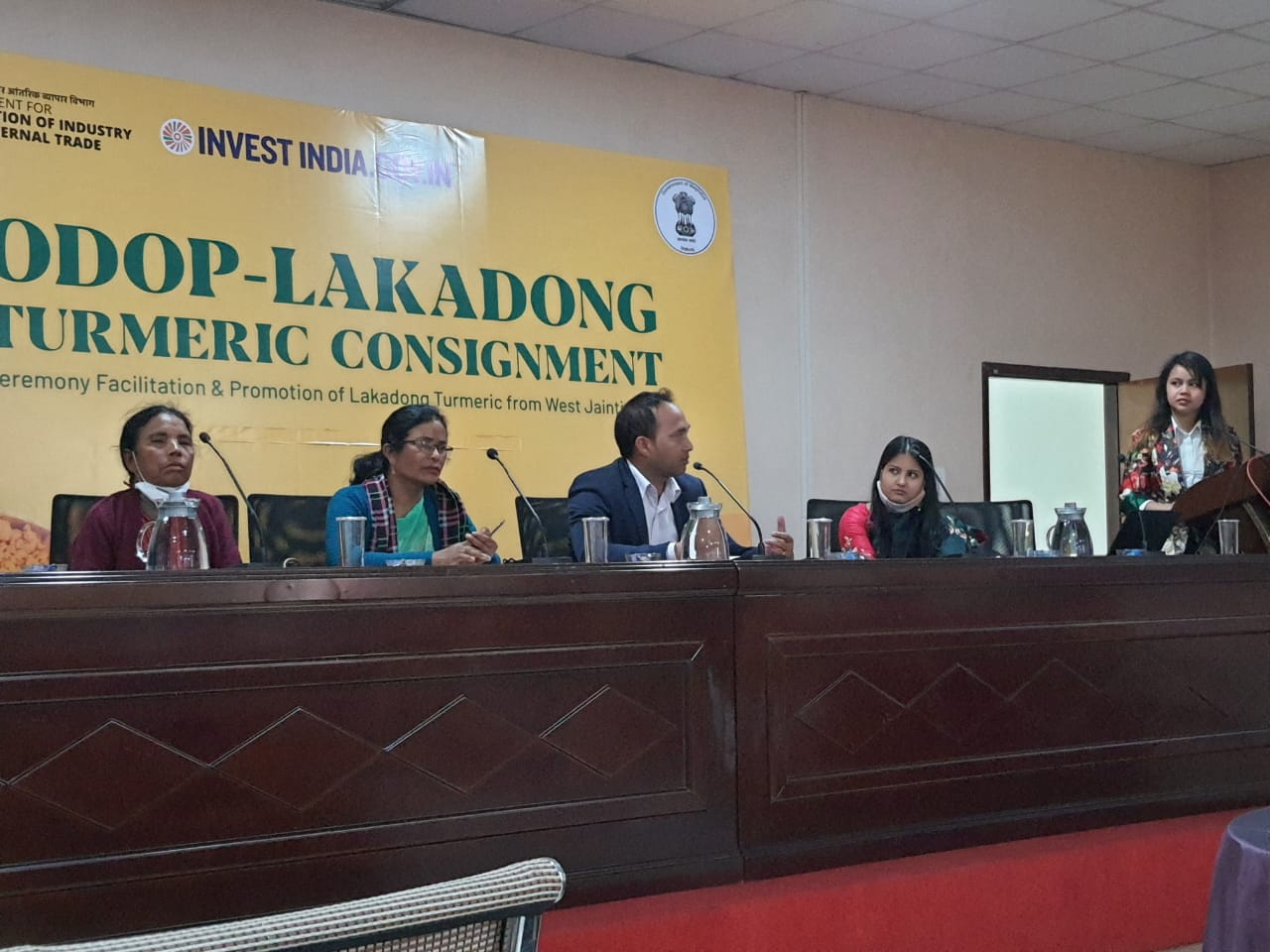
Also one way in which sustainability and profit are reconciled is by making it a rule that the targeted crop (in this case Lakadong turmeric) will be sourced only from farmers who are genuine (not absentee) and who grow crops other than one being sourced. This has the benefit of helping small and marginal farmers that need the most support and rewarding them for their role in agrobiodiversity conservation. The reward however is indirect which might not appeal to some who might also complain of being made unwilling conservators. In such a case there will be those who will try to find a way around it. Another way is to promote Lakadong turmeric as a product which apart from having tremendous nutritional benefits also plays an important role in agrobiodiversity conservation which again has important climate change implications (A good book to understand the role of agrobiodiversity in climate change adaptation is the 2013 ‘Community Biodiversity Management: Promoting resilience and conservation of plant genetic resources’ by Walter Simon de Boef and colleagues). The existing rich agrobiodiversity allows for that case to be made. The premium earned from the sale of the commodity can be deposited into an Agrobiodiversity Conservation Fund for paying the farmers or villages who grow the variety but also to maintain agrobiodiversity. Other ways to link environmental sustainability and profit exist and must be explored.
The ‘ODOP-Lakadong Turmeric Flag Off Ceremony’ was brought to a close by the flagging of the truck carrying a consignment of Lakadong turmeric to Kerala. If the Scheme succeeds there is no doubt that the participating farmers’ will experience an improvement in their incomes. However it is equally important to ensure that the returns are sustainable, not only in economic but also ecological terms (ecological degradation in fact will affect future profits as well). Failure to do so will be akin to “killing the goose that lays the golden eggs”.

